1. Witt CM, Pach D, Reinhold T, Wruck K, Brinkhaus B, Mank S, et al. Treatment of the adverse effects from acupuncture and their economic impact: a prospective study in 73,406 patients with low back or neck pain. Eur J Pain. 2011; 15:193–197. PMID:
20609604.
2. Andrade NS, Flynn JP, Bartanusz V. Twenty-year perspective of randomized controlled trials for surgery of chronic nonspecific low back pain: citation bias and tangential knowledge. Spine J. 2013; 13:1698–1704. PMID:
24012430.

3. Chaparro LE, Furlan AD, Deshpande A, Mailis-Gagnon A, Atlas S, Turk DC. Opioids compared with placebo or other treatments for chronic low back pain: an update of the Cochrane Review. Spine (Phila Pa 1976). 2014; 39:556–563. PMID:
24480962.
4. Cawston H, Davie A, Paget MA, Skljarevski V, Happich M. Efficacy of duloxetine versus alternative oral therapies: an indirect comparison of randomised clinical trials in chronic low back pain. Eur Spine J. 2013; 22:1996–2009. PMID:
23686477.

5. Schattenkirchner M, Milachowski KA. A double-blind, multicentre, randomised clinical trial comparing the efficacy and tolerability of aceclofenac with diclofenac resinate in patients with acute low back pain. Clin Rheumatol. 2003; 22:127–135. PMID:
12740678.

6. Li J, Mansmann UR. Modeling of non-steroidal anti-inflammatory drug effect within signaling pathways and miRNA-regulation pathways. PLoS One. 2013; 8:e72477. PMID:
23967306.

7. Day RO, Graham GG. Non-steroidal anti-inflammatory drugs (NSAIDs). BMJ. 2013; 346:f3195. PMID:
23757736.

8. Bae SK, Kim SH, Lee HW, Seong SJ, Shin SY, Lee SH, et al. Pharmacokinetics of a new once-daily controlled-release formulation of aceclofenac in Korean healthy subjects compared with immediate-release aceclofenac and the effect of food: a randomized, open-label, three-period, crossover, single-centre study. Clin Drug Investig. 2012; 32:111–119.
9. Legrand E. Aceclofenac in the management of inflammatory pain. Expert Opin Pharmacother. 2004; 5:1347–1357. PMID:
15163279.

10. Pareek A, Chandurkar N, Chandanwale AS, Ambade R, Gupta A, Bartakke G. Aceclofenac-tizanidine in the treatment of acute low back pain: a double-blind, double-dummy, randomized, multicentric, comparative study against aceclofenac alone. Eur Spine J. 2009; 18:1836–1842. PMID:
19421791.

11. Trelle S, Reichenbach S, Wandel S, Hildebrand P, Tschannen B, Villiger PM, et al. Cardiovascular safety of non-steroidal anti-inflammatory drugs: network meta-analysis. BMJ. 2011; 342:c7086. PMID:
21224324.

12. Vestergaard P, Hermann P, Jensen JE, Eiken P, Mosekilde L. Effects of paracetamol, non-steroidal anti-inflammatory drugs, acetylsalicylic acid, and opioids on bone mineral density and risk of fracture: results of the Danish Osteoporosis Prevention Study (DOPS). Osteoporos Int. 2012; 23:1255–1265. PMID:
21710339.

13. Pareek A, Chandurkar N, Gupta A, Sirsikar A, Dalal B, Jesalpura B, et al. Efficacy and safety of aceclofenac-cr and aceclofenac in the treatment of knee osteoarthritis: a 6-week, comparative, randomized, multicentric, double-blind study. J Pain. 2011; 12:546–553. PMID:
21277837.

14. Ogon M, Krismer M, Söllner W, Kantner-Rumplmair W, Lampe A. Chronic low back pain measurement with Visual Analogue Scales in different settings. Pain. 1996; 64:425–428. PMID:
8783305.

15. Johnsen LG, Hellum C, Nygaard OP, Storheim K, Brox JI, Rossvoll , et al. Comparison of the SF6D, the EQ5D, and the Oswestry Disability Index in patients with chronic low back pain and degenerative disc disease. BMC Musculoskelet Disord. 2013; 14:148. PMID:
23622053.

16. Whynes DK, McCahon RA, Ravenscroft A, Hodgkinson V, Evley R, Hardman JG. Responsiveness of the EQ-5D health-related quality-of-life instrument in assessing low back pain. Value Health. 2013; 16:124–132. PMID:
23337223.

17. Fairbank JC, Couper J, Davies JB, O'Brien JP. The Oswestry low back pain disability questionnaire. Physiotherapy. 1980; 66:271–273. PMID:
6450426.
18. Fairbank JC, Pynsent PB. The Oswestry Disability Index. Spine (Phila Pa 1976). 2000; 25:2940–2952. PMID:
11074683.


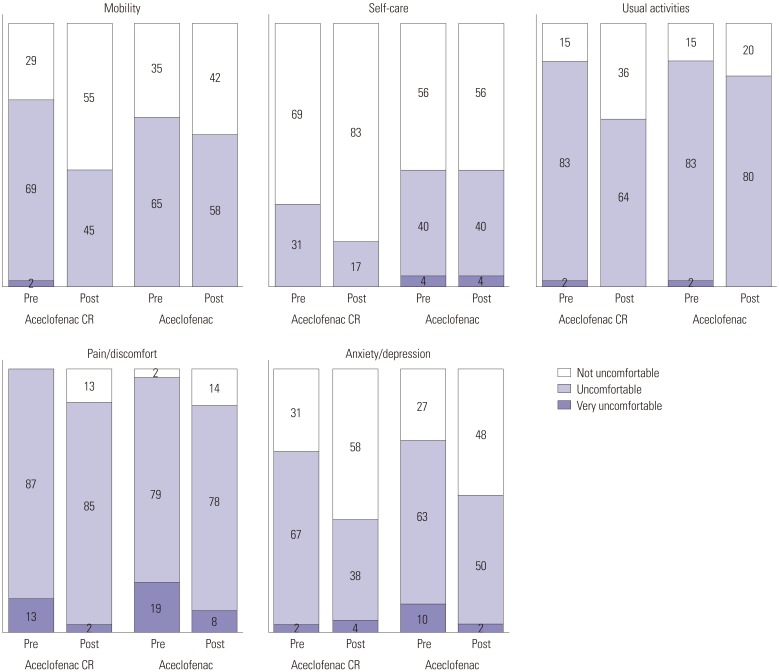
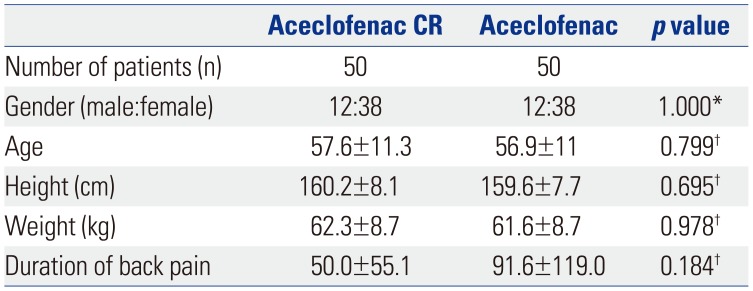
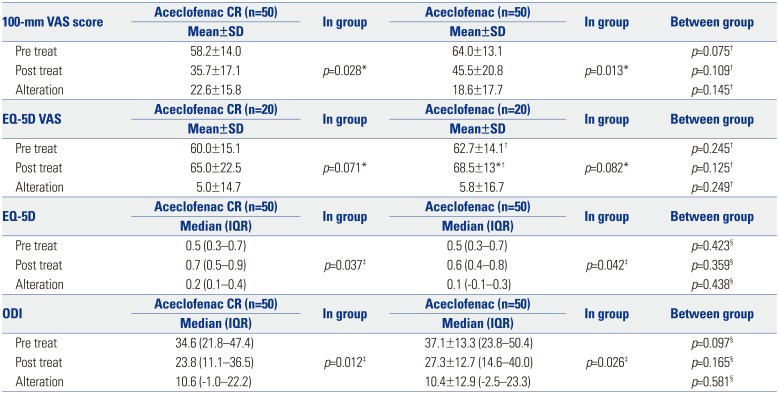
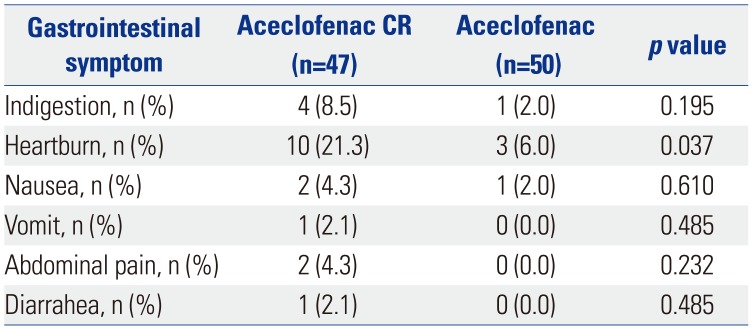
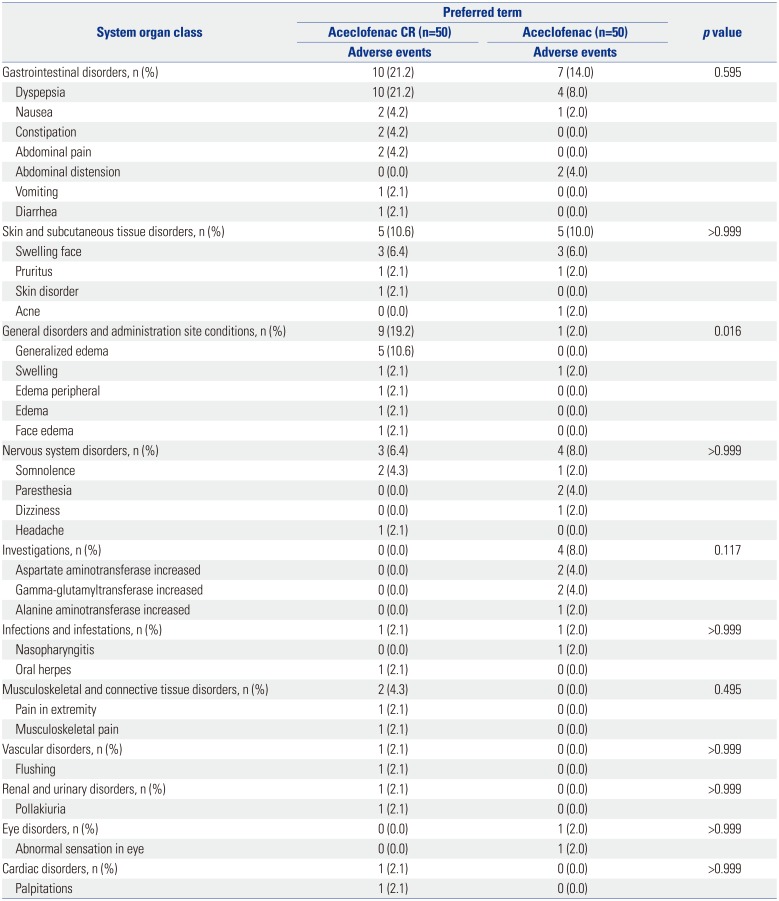




 PDF
PDF ePub
ePub Citation
Citation Print
Print


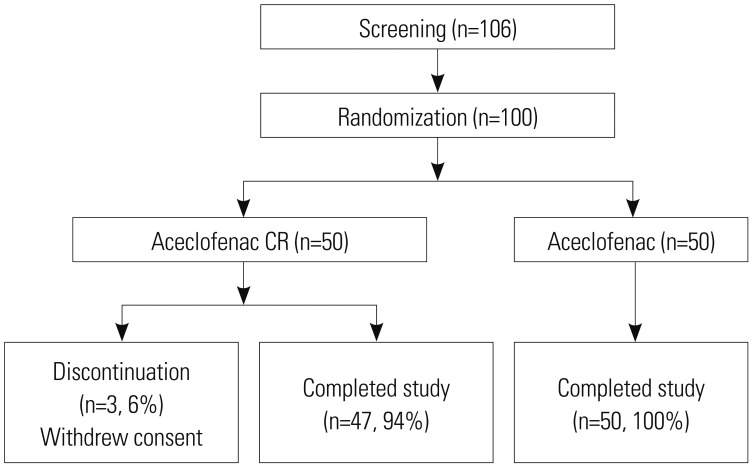
 XML Download
XML Download